This Bollywood Music Composer Put in All His Savings to Buy a Hill and Create a Wildlife Reserve
Abhishek Ray, a celebrated Bollywood music composer, is also a certified tiger and leopard tracker, a conservationist, and wildlife activist. He bought a hill, adjacent to the Corbett National Park, and turned it into the Sitabani Wildlife Reserve. Here's how he did it.
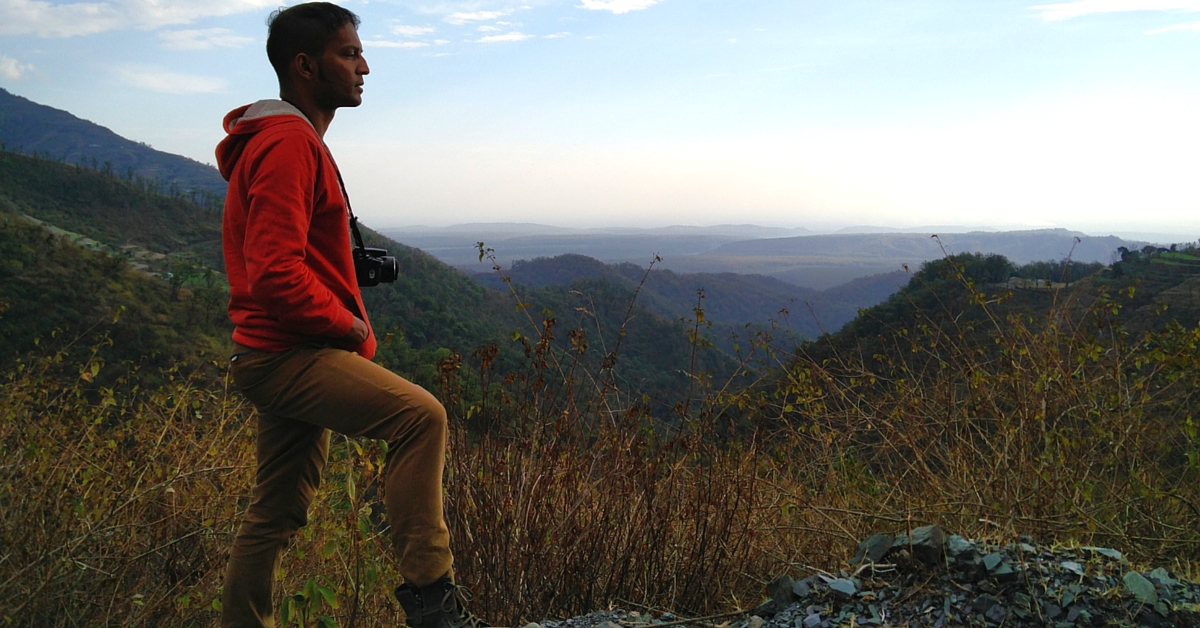
Abhishek Ray, a celebrated Bollywood music composer, is also a certified tiger and leopard tracker, a conservationist, and wildlife activist. He bought a hill, adjacent to the Corbett National Park, and turned it into the Sitabani Wildlife Reserve. Here’s how he did it.
Two years ago, as music composer Abhishek Ray strolled through his estate, he stopped dead in his tracks when he came across a tigress. She was lying in the grass, bathing in the moonlight. As he approached, she looked at him sceptically, but then lay back down. Ray had the rare opportunity to take photographs. “After half an hour went by, she casually turned around and showed me her back,” he recalls. “No wild animal would ever drop its guard completely in front of a human at night and turn its back to him unless that animal has implicit trust in the human,” he says.
For Ray, who bought a hill and converted it into a wildlife reserve estate, this was the moment when he realised all his efforts so far had paid off. “This moment gave me the power and belief that lets me fight many hindrances that life throws my way,” he adds.
Abhishek Ray is known throughout Bollywood as the music director of films such as Paan Singh Tomar, Saheb Biwi Aur Gangster, and Welcome Back.
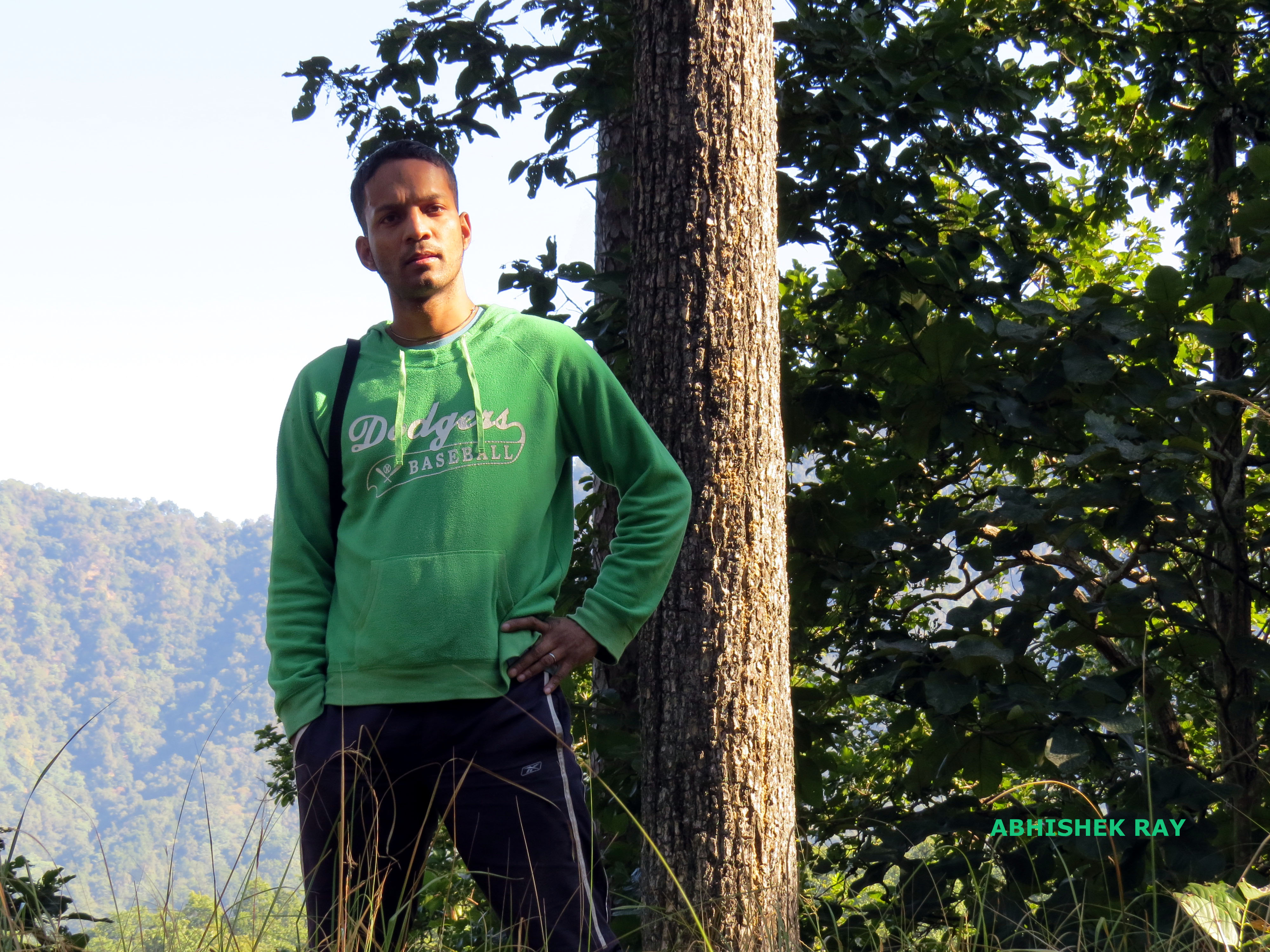
But he’s a lot more than that. He runs the Sitabani Wildlife Reserve, adjacent to the Corbett National Park. He is a certified tiger and leopard tracker, a conservationist, and wildlife activist.
An animal lover since childhood, Ray recollects that he would feel sad when he saw animals in cages at the zoo. He grew up aching to see animals reclaiming their habitats and walking free.
“The term ‘wildlife’ is a huge conspiracy hatched by literate men to categorise all naturally existing life forms that are untameable and beyond their control,” he says. “The entire concept of human development is based on the warped notion that man has the exclusive privilege of exploiting all existing resources the planet has to offer. All other ‘wild’ creatures should only be restricted to tiny islands and zoos.”
As an adult he became aware that humans were driving wild animals to extinction by taking over their land. “So I decided to invest whatever savings I had in a land where wild creatures could roam free – to return this habitat to its original inhabitants.”
Being naturally attracted to big cats, he learnt how to read the sights and sounds of the wild from Dr G. V. Reddy at Ranthambore National Park. “As you start priming your senses, the forest opens up like a hidden book and starts giving you clues. Read the clues and you start getting a whiff of the most elusive creatures of this planet and their enigmatic, secretive lifestyles,” he says enthusiastically.
Calling it an addiction, Ray began to volunteer in big cat census activities in various parts of India.
“You need a crazy passion, uncanny sixth sense, sharp senses, patience and endurance to be a tiger tracker.”
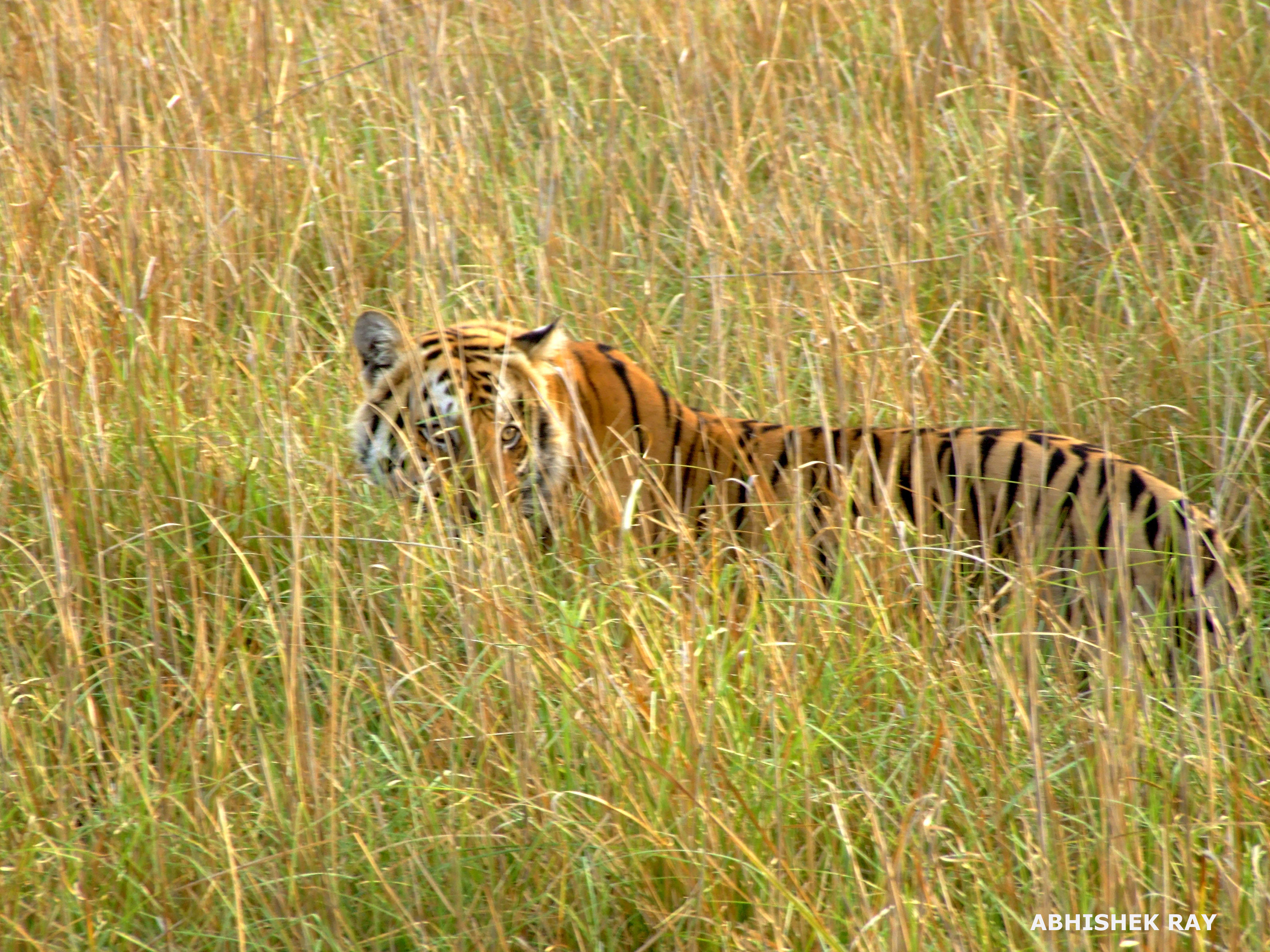
It was during one of these tracking expeditions in the Corbett landscape that he came upon a large hill. Barren and lifeless since the villagers around the mountain had used up all its trees and resources, Ray observed how the setting was perfect. Surrounded by sal tree forests, it had a stream that cut across a cliff. Frequented by deer, and therefore tigers and leopards, the land that became the reserve was just waiting to be found by Ray.
When he made his name in Bollywood, with five hits as a composer in award-winning films, he was finally able to put all his energy into making his dream come true. He went ahead and bought the land that he had earmarked for his reserve. “My family and friends were enthusiastic and supportive, though I was not investing in a typical, safe investment like a builder’s posh flat in Delhi or Mumbai,” he says.
Soon after acquiring the land, he set about developing a water body in it.
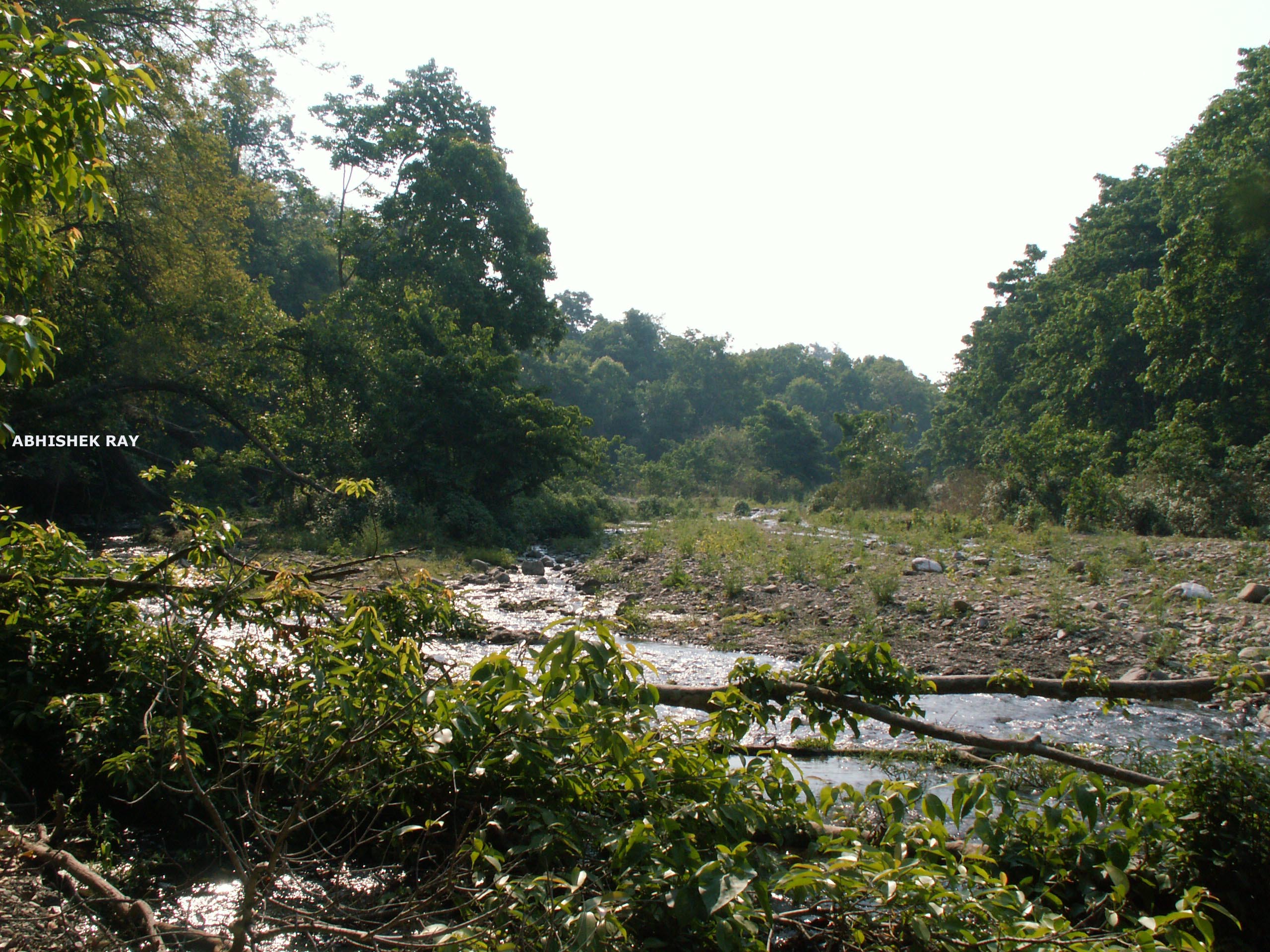
It worked as a magnet, attracting wildlife to quench their thirst. He set up a natural rainwater harvesting system, ensuring that there was a long lasting supply of water. Simultaneously, he sowed seeds for healthy grass and got rid of the weeds. He developed one part of the land into open grassland, and planted endemic trees (such as ficus, banyan, jamun, and wild mangoes, among others) on the slopes. “The land, which had been abused by years of slash and burn techniques, sprang back to life and wildlife gradually followed,” he says.
Today, with more than 600 kinds of rare birds and a long list of wild animals, the habitat is free from the devastating touch of humans.
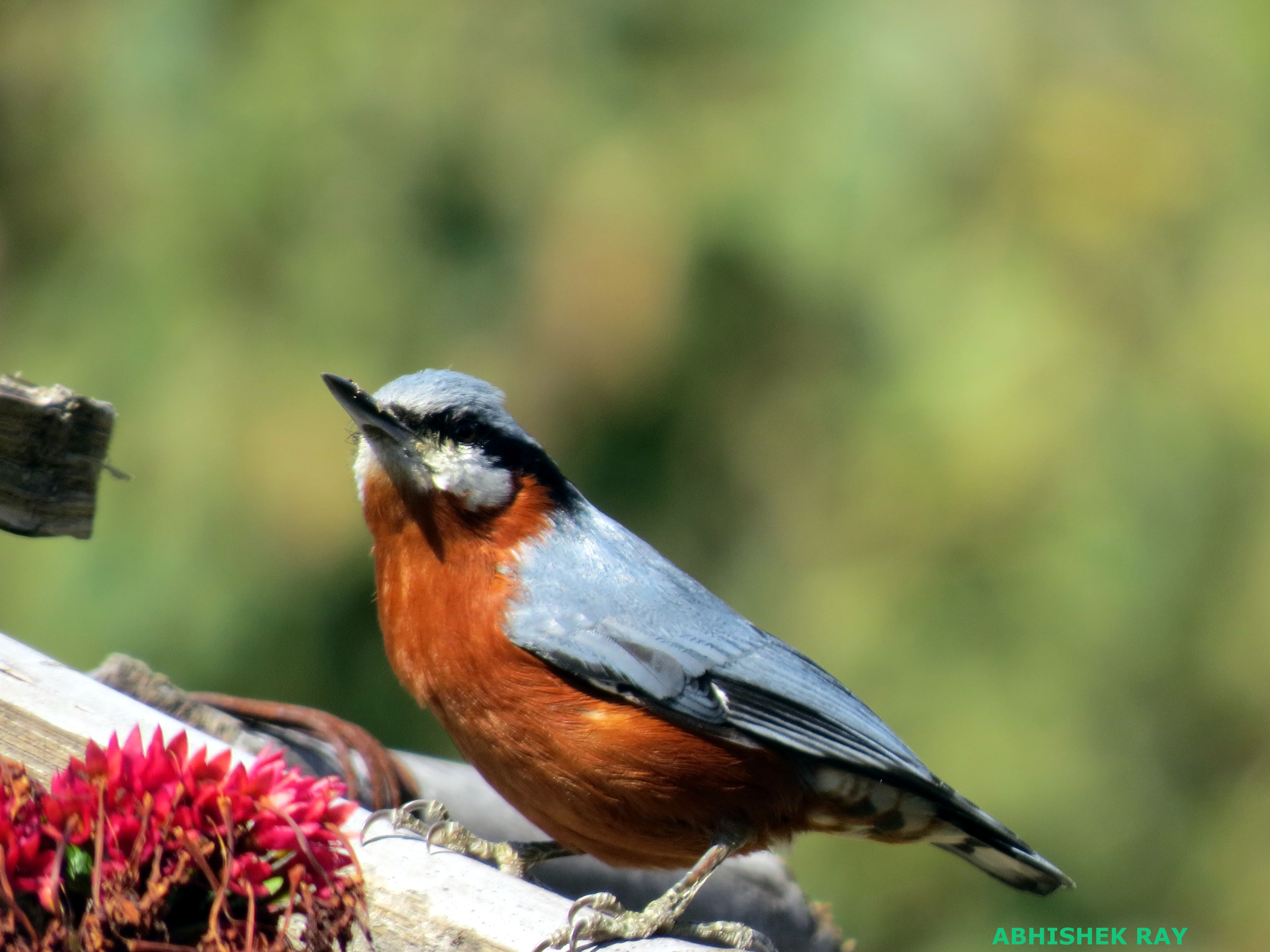
Of particular interest among the wildlife are tigers, leopards and black bears. At an altitude of 1000 metres, the sal forest overlaps with an oak forest, which attracts Himalayan and plain land birds. Rare sightings include striped hyenas, leopard cats, otters, and civets.
The estate has Kumaoni style stone cottages located at strategic points, with a view of the tigers. They serve country food and Himalayan mineral water. But that’s where the comforts stop. The wildlife reserve gives first priority to the needs of the animals, not humans.
“People here have to adjust to the forest,” he warns. “No bright lights, loud music, television, intercoms, and bonfires are permitted.”
He also talks to the people in the surrounding villages about the importance of maintaining an ecosystem. “For most of them wildlife is just free meat or a nuisance. I try to make them understand that the right numbers of tigers and leopards in the forest keep the population of monkeys, langurs and wild boar at bay. So these wild cats, in turn, protect the farmers’ crops.”
Ray dons the hat of a composer on some days and conservationist on others.
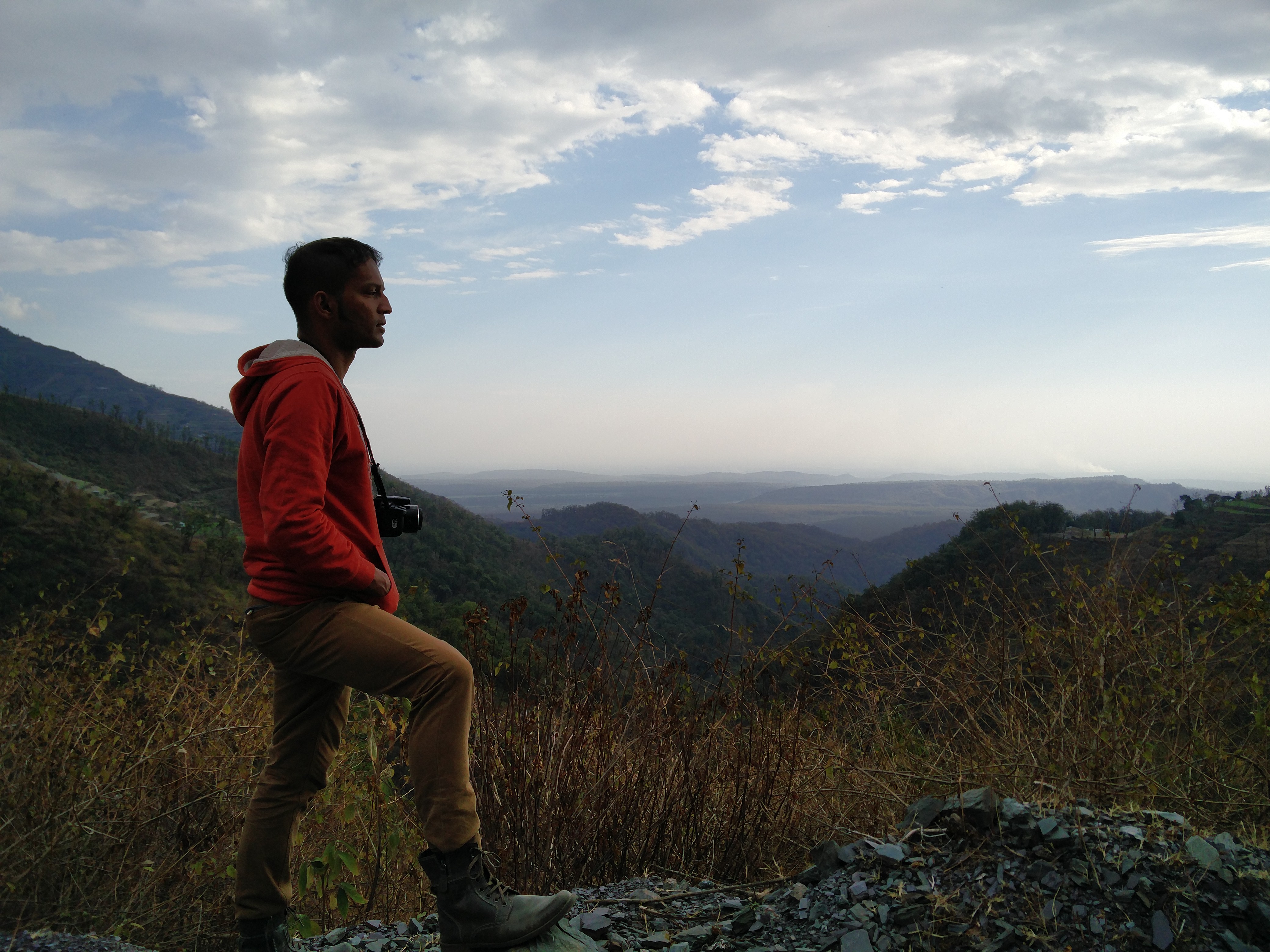
He cannot imagine a life without either – lives that are strangely interdependent. “When the composer was down and out, depressed with the cutthroat politics of Bollywood, the conservationist came to his rescue and took him to nature to cleanse him,” he muses. On the other hand, being popular as a music composer helped him take the message of conservation to various media platforms.
He even attributes his unusual melodies to being a travelling musician. “I could have never composed for a film locked in time and geography like Paan Singh Tomar, had I been just an urban composer producing music from a studio.”
And yet, he wishes he had more time for his conservation efforts. He often gets tied up with work in Mumbai, while his heart yearns for the wilderness.
Ray applauds India’s efforts to bring back the tiger from extinction but feels there’s a lot more to do and more wildlife to save. He laments that India lost its cheetahs to Maharajas in the past.
“But today, it’s the leopards that are killed mercilessly by villagers and poachers. The growing human population, miners, builders, roads, factories, and power plants are all death knells for wildlife.”
Preserving wildlife should start with saving forest land, which connects national parks and sanctuaries, according to Ray. “Or else, all these magnificent large species would be entrapped in small islands of forests and eventually die from inbreeding and genetic degeneration.”
He stresses that wildlife is key to our country’s survival. Besides being a tourist opportunity, preserving ecosystems ensures that we have fresh water, clean air, fertile soil, and rain.
“If we save wildlife today, we save tomorrow’s India.”
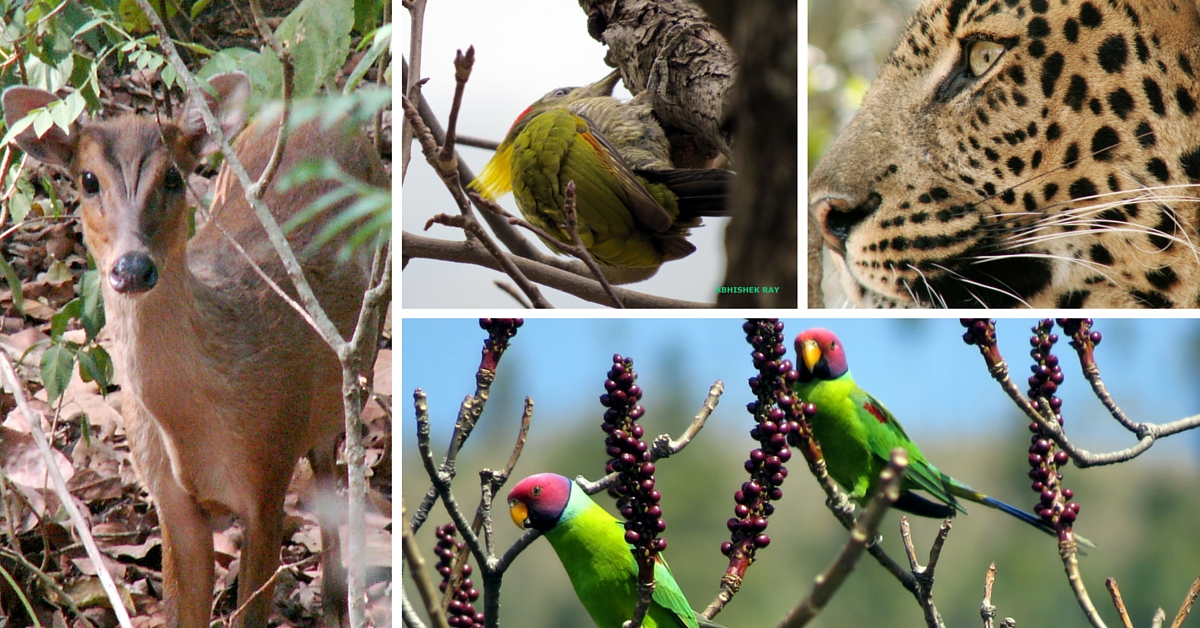
This #WorldForestryDay, do your bit to save our future and #PlantAForest for just Rs. 85/- This will not only reduce your carbon footprint on the planet but will also create a sustainable income for the locals who will benefit from the planting of every tree!
Like this story? Or have something to share? Write to us: [email protected], or connect with us on Facebook and Twitter (@thebetterindia).
If you found our stories insightful, informative, or even just enjoyable, we invite you to consider making a voluntary payment to support the work we do at The Better India. Your contribution helps us continue producing quality content that educates, inspires, and drives positive change.
Choose one of the payment options below for your contribution-
By paying for the stories you value, you directly contribute to sustaining our efforts focused on making a difference in the world. Together, let’s ensure that impactful stories continue to be told and shared, enriching lives and communities alike.
Thank you for your support. Here are some frequently asked questions you might find helpful to know why you are contributing?


This story made me
-
97
-
121
-
89
-
167











